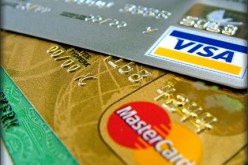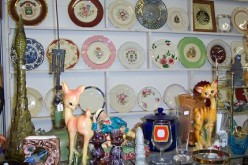Understanding how product packaging affects consumer experience can transform your approach to product presentation. Smart packaging design creates emotional connections, builds brand loyalty, and drives repeat purchases through thoughtful attention to detail.
First Impressions Matter Most
Visual appeal determines whether consumers pick up your product or walk past it on the shelf. Color psychology plays a crucial role here—red conveys energy and urgency, while green suggests natural and eco-friendly qualities. Each color evokes an emotional response in packaging and marketing.
Material choices communicate quality levels. Premium materials like glass or textured surfaces signal higher value, while flimsy packaging suggests budget-oriented products. Design elements like typography, imagery, and layout work together to create an immediate brand impression that can make or break a sale.
Functionality Drives User Satisfaction
Functional and convenient packaging also enhances the consumer experience. Easy-to-open packaging eliminates frustration. Resealable features add convenience for products consumers use repeatedly, creating positive associations with your brand.
Innovative packaging solutions demonstrate thoughtfulness toward customer needs. Child-resistant caps protect families while tamper-evident seals provide security assurance. These functional elements show customers that brands prioritize their safety and convenience.
Brand Communication Through Design
Packaging also serves as a storytelling medium that communicates brand values without words. Minimalist designs often convey sophistication and premium positioning, while bold graphics suggest energy and innovation.
Sustainable packaging materials increasingly influence brand perception among environmentally conscious consumers. Recyclable materials, biodegradable options, and reduced packaging waste demonstrate corporate responsibility and commitment to sustainability. This approach attracts customers who align their purchasing decisions with environmental values.
Sensory Elements Enhance Engagement
Texture adds another dimension to the consumer experience through tactile interaction. Soft-touch coatings create luxurious feelings, while embossed elements add sophistication and memorability.
Sound plays an underestimated role in packaging appeal. The satisfying click of a closing lid or the crisp sound of opening fresh packaging creates positive sensory memories. Some brands even incorporate subtle scents into packaging materials to trigger emotional responses and positive product associations.
Storage and Disposal Considerations
Practical storage features extend positive brand interactions beyond initial purchase. Stackable designs save space in consumers’ homes, while packages that transform into storage containers provide ongoing value.
Clear disposal instructions and recyclable materials reduce consumer guilt about environmental impact. Easy-to-remove labels and single-material construction simplify recycling processes, creating goodwill toward brands that consider end-of-life packaging needs.
Transform Your Brand Through Strategic Packaging
Packaging influences every touchpoint of the consumer journey and their experience, from initial attraction through final disposal. Successful brands invest in comprehensive packaging strategies that align visual appeal, functionality, and brand messaging.
Consider conducting consumer research to understand how your target audience interacts with packaging. Test different materials, opening mechanisms, and design elements to identify what resonates most strongly with your customers. With these tips and strategies, you can elevate your product packaging to resonate with your audience and increase customer satisfaction.
Image Credentials: By KUBE, 381831407
end of post … please share it!
end of post idea for home improvement
view and analyze home improvement ideas at our LetsRenovate center
Helpful article? Leave us a quick comment below.
And please give this article a rating and/or share it within your social networks.









